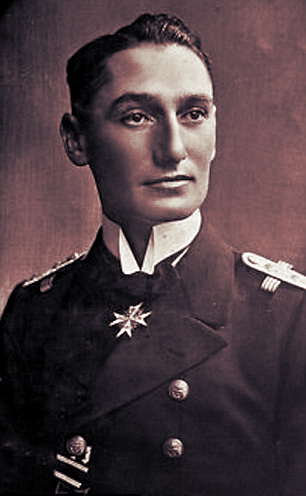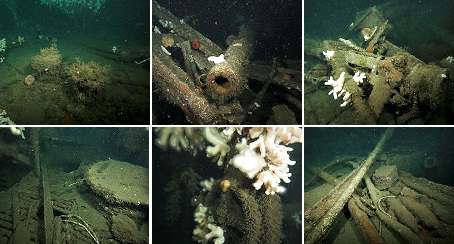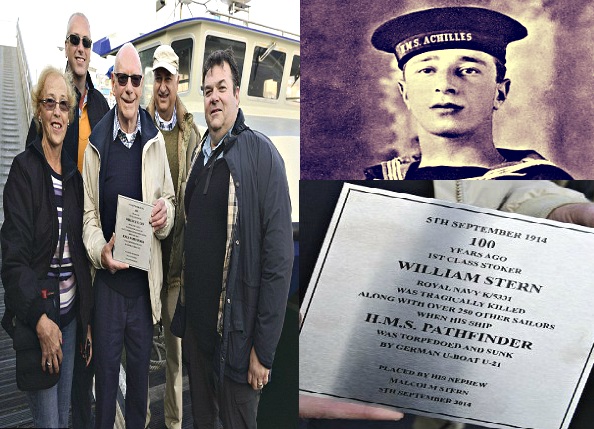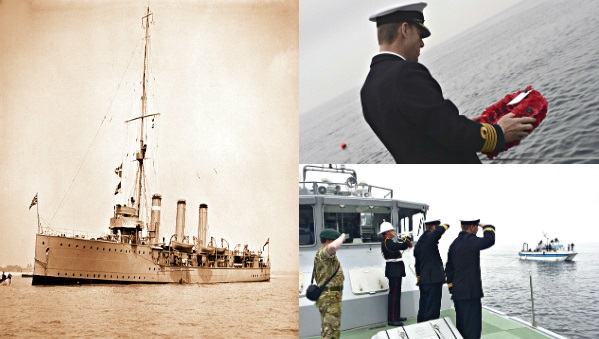On the exact 100th-year anniversary of the sinking of the HMS Pathfinder, the first ship sunk by a German U-boat, divers swam 220 feet underwater to its resting place just so they could lay a wreath in remembrance of the warship and the crew who went down with it.
The once exceptional warship lay under the east coast off of Scotland.
The unconventional event was spearheaded by the Royal Navy and was made to remember the 250 crew members of the exceptional warship. These men all perished when the HMS Pathfinder was downed by a U-boat, reportedly the first casualty of the German submarine, during the Great War.
Initially believed to be blown up by a mine, reports later confirmed that the HMS Pathfinder was actually torpedoed by a German sub which was under the command of a certain Otto Hersing.
Later on, Commander Otto Hersing became one of its most successful U-boat commanders and carved a name for himself within the German armed forces in the First World War as the ‘Zerstörer der Schlachtschiffe’ (Destroyer of Warships).

Of the crewmen aboard HMS Pathfinder that fateful time, only a handful – 18 of them- were able to escape though most sustained wounds. One of these men was the warship’s captain himself, Lt. Commander Francis Martin Leake.
In History: The Sinking of the HMS Pathfinder
The HMS Pathfinder had been a Pathfinder-class scout cruiser during the WWI-era. It was 385 feet long, was armed with 15 guns as well as two torpedo tubes and could go at speeds of 25 knots.
The HMS Pathfinder was torpedoed while it was on patrol duty on the waters off the southern part of Scotland. The warship was struck on its starboard side about 1,500 yards from under the bridge. Its forward magazine was hit, its bows got blown off and its sinking happened in just about four minutes from the moment the U-boat struck it down.
Aldous Huxley, the author of the English classic novel Brave New World, was an actual witness of the grim event. In a letter addressed to his father, Mr. Huxley, later on, recounted that after the explosion and sinking of the HMS Pathfinder, there wasn’t any piece of wood big enough to carry a man. He further added that fragments from the warship along with bits of human remains were strewn about the sea. Rescuers were even able to bring a sailor’s cap still attached to half of its owner’s head, he recalled.
Nevertheless, in spite of the warship’s sinking so visible from the shore, British authorities attempted to keep things about the horrible incident in the dark claiming that a mine had been the cause of its demise.

The Ceremony
During the recent commemorating event for the warship and its crew, 74-year-old Paul Ratcliff of Coventry was the one who presented the wreath to the team of the British Sub-Aqua Club divers before they descended into the water to lay that same wreath on the warship’s wreckage.
Mr. Ratcliff was the nephew of one of the ship’s crew men, 19-year-old Bill Austin, who was one of those who unfortunately perished with HMS Pathfinder.

Another family, the Stern brood, laid a plaque on the site of the wreckage in honor of stoker William Stern who also died on board the ship.
